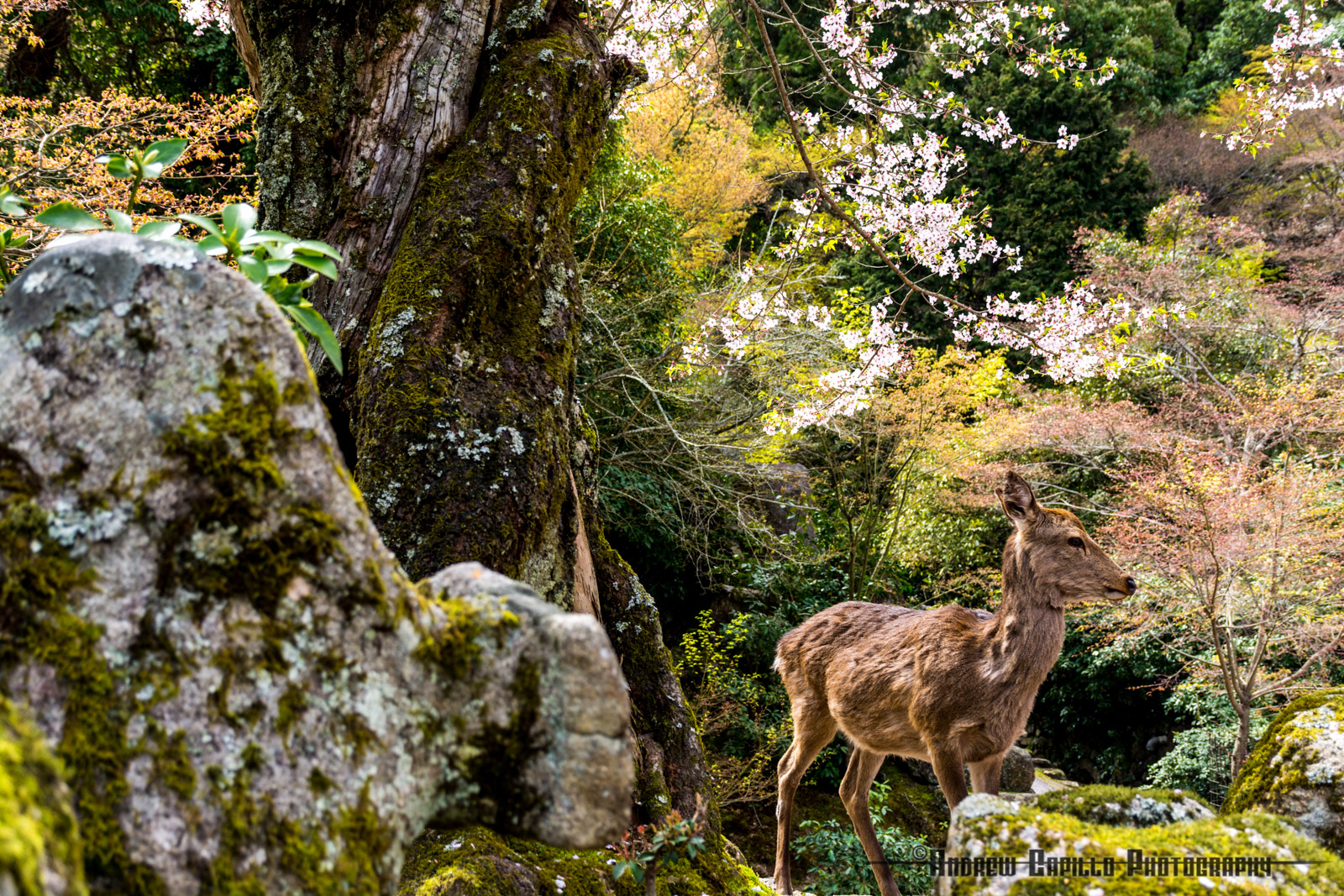Now I am become Death, the destroyer of worlds
And histories that iron out the bites and curls
To detract contention from controversy and eliminate
All the details except for the place and the date.
The sun blazed down like the eye of a wrathful god my first morning in Hiroshima. This seemed an appropriate backdrop as I walked by the Atomic Bomb Dome, the sight where ungodly nuclear fury was unleashed on an unsuspecting population. When I'd come to Japan a little over a year ago, I’d expected a certain amount of animosity towards Americans for the wholesale destruction of most of Japan's major cities during the Second World War and the utter devastation of Hiroshima and Nagasaki, which is still widely taught in US as having been the undisputed cause of the Japanese surrender (rarely is any attention spared for the controversial argument that it was the USSR's concurrent decision to enter the war against Japan that had the greatest effect on the Japanese decision to surrender). However, the economic prosperity that the US helped to bring about after the war and the shift of public opinion among Japanese people with regard to their country's own shameful actions during the war seem to have swept much of that resentment under the rug. It seemed to me that this area embodied some of this ambivalence; right across the river from the Atomic Bomb Dome and all the suffering it represents was a picturesque passageway of sakura trees, which had coated the walkway with a patina of white petals. And yet, both the ruined dome and the transient blossoming of these trees are reminders of life's fragility.
The Hiroshima Peace Park beyond the trees, with its concrete cenotaph and modest bronze placard, may at first seem to struggle in its assessment of the gravity of the tragedy. The placard reads "Let all the souls here rest in peace; this mistake shall not be repeated." Through intentionally vague language, the Hiroshima monument points no fingers in any direction, but instead serves as a symbolic reminder of some unspecified tragedy, the cause of which was not any one particular nation or war, but rather the evil tendencies of mankind. Perhaps this all-encompassing ambiguity is the most appropriate gesture of all.
Hiroshima Castle is a piece of artwork in preternatural scale. The sakura soldiers that accost it on all sides had already begun dropping their blossoms en masse when I arrived, and this final, snowy phase of their ephemeral battle is surely the most beautiful. Their fragile petals plastered the foundations of the looming castle like the last desperate act of a vanquished enemy knowing there will be no quarter given.
The crowning jewel of Hiroshima isn’t the castle or the Peace Park, but Miyajima Island. Its most famous sight is the great floating torii (Shinto gateway to a shrine). At low tide, the water recedes, and the curious and nearsighted can clamber down onto the damp sands for a more intimate experience. At high tide, the base of the torii vanishes under the waves, and the gate seems to float atop the water as though the natural laws that bind existence in other places have been suspended here on this magical island.
My favorite attraction of the island was Daisho-in Temple, a small temple tucked away in the low mountains of the island. Brimming with charisma, the temple complex features dozens of statues ranging from the heroic to the cute to the bizarre, imposing architecture, intricate gold work and a field of miniature stone rakan figures all with different features and effects. These latter carvings signify the five-hundred disciples of the Buddha. The temple grounds also feature an underground tunnel, which is pitch black except for illuminated engravings of golden Buddhist figures inlaid in the walls, and a dimly-lit cave where a full 88-temple pilgrimage route can be condensed into a single visit. The stairs that lead up to the entrance boast cylindrical prayer wheels engraved with Buddhist sutras that can be spun by hand in lieu of uttering a prayer. In short, nothing has been left unadorned, and yet the harmony and simplicity achieved throughout the layout of the temple is something uniquely Japanese.
April 6, 2016
































No comments:
Post a Comment